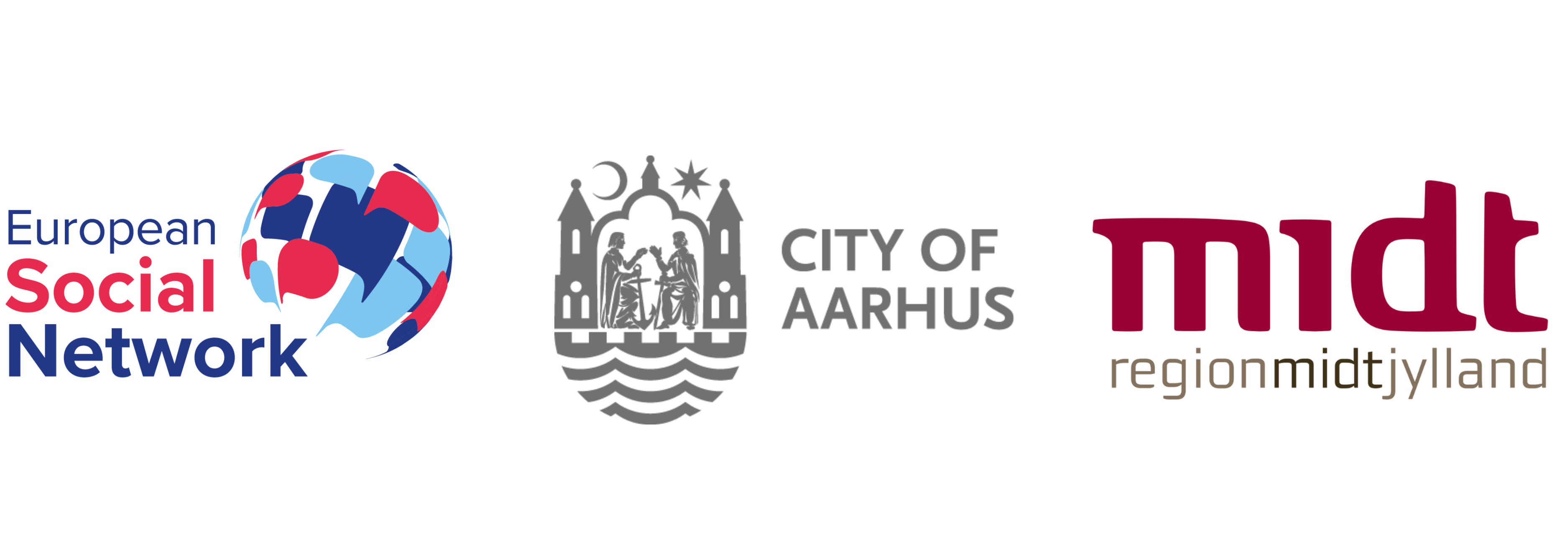STUDY VISITS TO SOCIAL PROJECTS IN THE CITY OF AARHUS
22 June 2025 - 13:00-15:00
Holmstrupgaard – A supportive housing facility for Children and Youth in Distress
Max. capacity: 40 persons
Holmstrupgaard is a supportive housing facility in Braband, west of Aarhus, home to approximately 40 children and young people aged 12-23. Holmstrupgaard is for some of the most vulnerable groups of children and young people who struggle to manage diagnoses of severe conditions such as eating disorders, schizophrenia, self-harm, suicidal thoughts, borderline personality disorder, autism, post-traumatic stress disorder and anxiety.
Referral to Holmstrupgaard is usually done once all other possible interventions have been addressed.
More than 80 staff members work daily to help residents alleviate the impact of their condition and eventually lead a more typical daily life. The therapeutic approach is based on an environmental therapy structure, emphasising social interaction and contact within a predictable and familiar framework.
During this visit, delegates will have an opportunity to visit the facilities together with a presentation of our professional approach to working with young people.
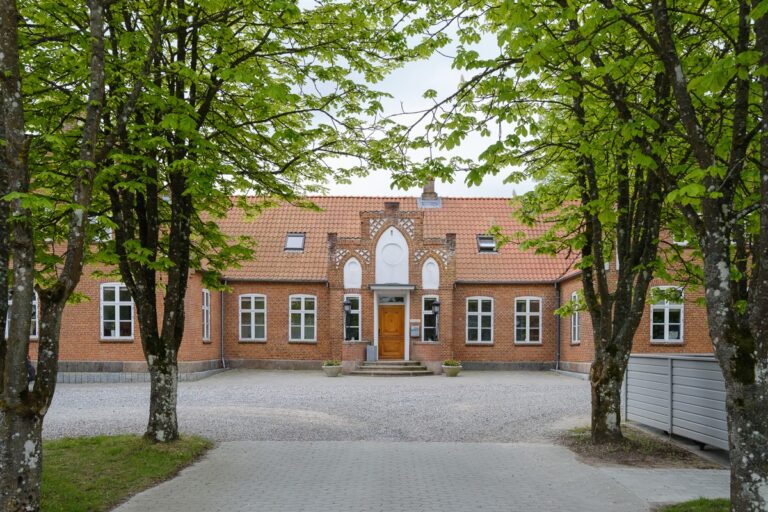

DOK – On the Edge of Society
Max. capacity: 35 persons
The DOK programme for Criminally At-Risk and Convicted Youth (DOK) includes four facilities, which have been set up as an alternative to prison for to young people who have been convicted of crime.
The programme usually supports young people aged 12-17 who face one or more of these challenges: substance abuse, crime, mental health issues, or difficulties with learning and social skills. DOK also plays an important preventive role in helping other young people who may be at risk of getting in trouble.
The facilities are either secure or semi-secure and the length of stay may vary.
The goal is to provide a calm, stable, and safe environment so that young people can develop through programmes like
MultifunC for young people with very challenging behaviour, including aggression and criminal activity. This programme, which was developed in Norway, has also been tested in Sweden and has yielded positive results.
During this study visit, delegates will tour the MultifunC programme and learn more about how DOK works with young people ‘on the edge of society’.
Staircase to Staircase in Gellerup-Toveshøj – a Transformation Area
Max. capacity: 25 persons
On this study visit, participants will meet Pernille Randrup Thomsen, who leads the ‘Staircase to Staircase’ programme to support families in Gellerup-Toveshøj. This neighbourhood has been known for its high crime rate and social problems. However, through a relational welfare approach and a city development plan since 2007 with a local housing association, residents have now new opportunities.
On this study visit, participants will walk through the area with Pernille and afterwards have the opportunity to get in depth knowledge on the work done by ‘Staircase to Staircase.’
Links for more information:
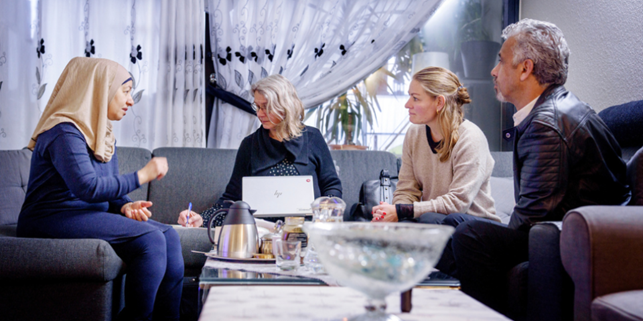

Visit Kulturhus Bunkeren – Home of ImperfectCity
Max. capacity: 30 persons
Kulturhus Bunkeren is a vibrant cultural hub in Aarhus Nord dedicated to community engagement and creativity. Once a school of journalism, it now hosts a variety of activities, including art exhibitions, workshops, and community events.
Visitors can admire the building’s brutalist architecture while participating in the many ongoing activities within the house, which includes creative workshops for young people with mental health problems, craft sessions, conferences, flea markets, and talks.
The venue is home to key organisations like Museum Ovartaci, which explores social vulnerability through art, and Skejby Rangers, a social enterprise focused on creating job opportunities for part-time employees.
Kulturhus Bunkeren also hosts the EUI-funded project ImperfectCity that celebrates the imperfections of people and buildings, fostering a more inclusive city by raising public awareness and acceptance of urban imperfections.
During this study visit, participants will explore the facility and learn more about its diverse activities and initiatives.
25 June 2025 - 14:00-16:00
Healing Architecture in Neurorehabilitation
Time: 14:00-16:00
Max. capacity: 25 persons
NRM is a specialised 24-hour rehabilitation service for adults with brain injuries. The facilities are designed, based on the latest research, on how architecture affects the wellbeing and progression of the clients.
The architecture supports cognitive, physical and social rehabilitation. Light, sound and materials are specially selected for this purpose. We use natural materials and sensory stimuli to promote healing and create a ‘home’ feeling of . A boomerang-shaped building with colourful landmarks and intuitive wayfinding makes it easier to navigate offering unique training facilities, a sensory garden and circadian lighting.
During the visit, participants will discover how the architecture works in harmony with specialised rehabilitation to provide the best conditions for the successful rehabilitation of people.
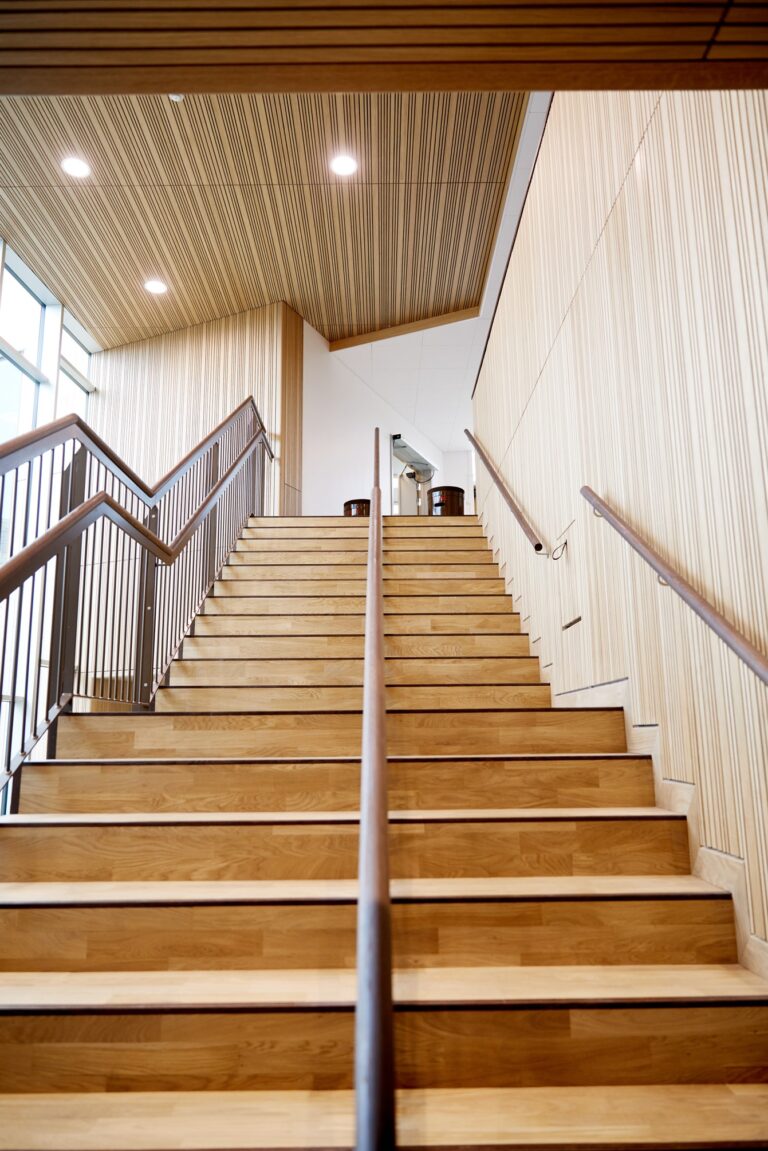
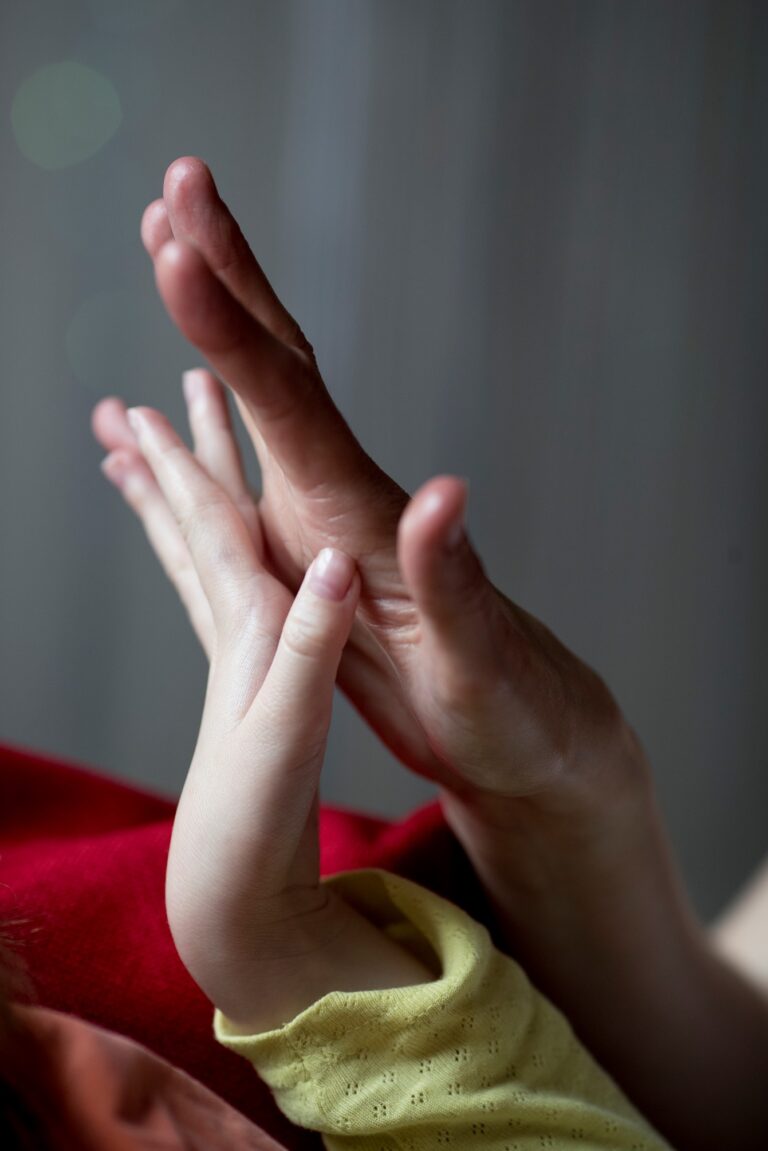
Study visit to Fenrishus
Time: 14:00-16:30
Max. capacity: 20 persons
Fenrishus is a highly specialised housing support service for children and young people until the age of 26 with multiple and complex functional disabilities and diagnoses of life-threatening and life-limiting condition. Their facilities include a kindergarten for very young children, rooms to support children who need all forms of support with their daily tasks as well as palliative care. Due to their limited ability to express themselves and the nature of their conditions, the team and work done here is multidisciplinary and involves the need to read any signal and develop advanced communication resources.
At Fenrishus, it is very important that the children and young people’s families feel at home and involved in all care decisions.
During the visit, participants will see some of the facilities and be given the opportunity to witness some of the activities with the children.
Study Visit to Marselisborgcentret
Time: 14:00-16:00
Max. capacity: 20 persons
The centre is owned by the municipality of Aarhus and the Central Denmark Region. Activities focus on disability matters and rehabilitation related to a broad group of people with impairments and their relatives.
The centre was originally built in 1913 as an epidemic hospital and around the year 2000 it was transformed into a centre for rehabilitation. Now 24 different organisations are partners and carry out their activities supporting rehabilitation and people with disabilities.
During the visit, participants will take a walk around the facilities getting an insight into cooperation between different professional groups. In recent years involvement and cocreation with neighbours and civil society has been developed, for example the outdoor area, where accessibility and outdoor rehabilitation has become extremely popular.
Likewise, there is a number of technological installations which help motivate citizens and people in rehabilitation to make a change in their lives.
For more information: www.marselisborgcentret.dk

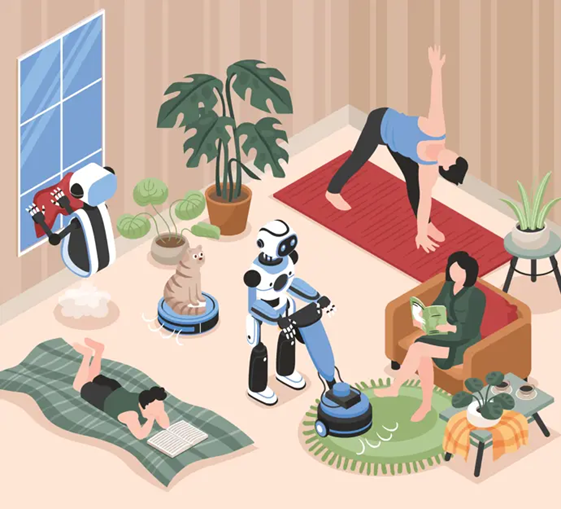
DokkX – a welfare technology experience space
Time: 14:00-16:00
Max. capacity: 40 persons
DokkX is funded by Aarhus City Council.
At DokkX, citizens can have advice and guidance so they can acquire the right technologies and tools that can support them to an independent and active life.
DokkX is also a space for innovation, where education and research institutions, business and industry partners, the Municipality and the citizens of Aarhus can collaborate in the development of technological solutions for the future.
At DokkX, their experimentations change from time to time, but currently participants can experience welfare technologies that make life easier and safer, everyday aids, smart home solutions to exercise body and brain at home.
The House of Generations – A Unique Housing Project Centred on the Community
Time: 14:00-16:00
Max. capacity: 20 persons
In the House of Generations, people of all ages and diverse life circumstances come together. Children, young people, adults, and older people live, reside, and share everyday life within the house, which accommodates children in daycare, housing for students, families, people with disabilities, and older people with or without care needs.
The House of Generations is a vibrant framework for valuable intergenerational connections, enhancing mutual understanding through diverse groups of people and building on different experiences.
During this study visit, participants will have the opportunity to explore this remarkable facility and hear about what has worked well over four years of operation, as well as the challenges and learnings along the way.
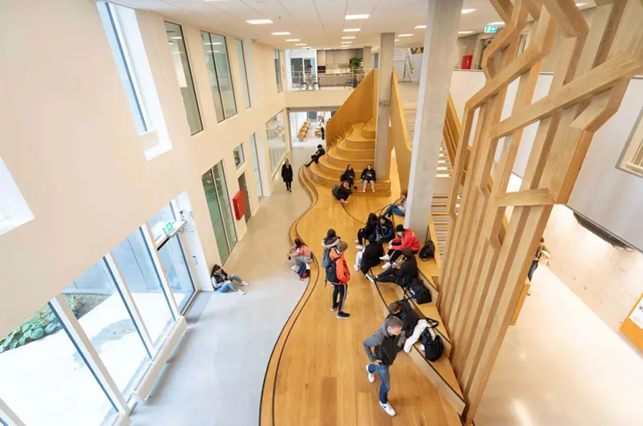
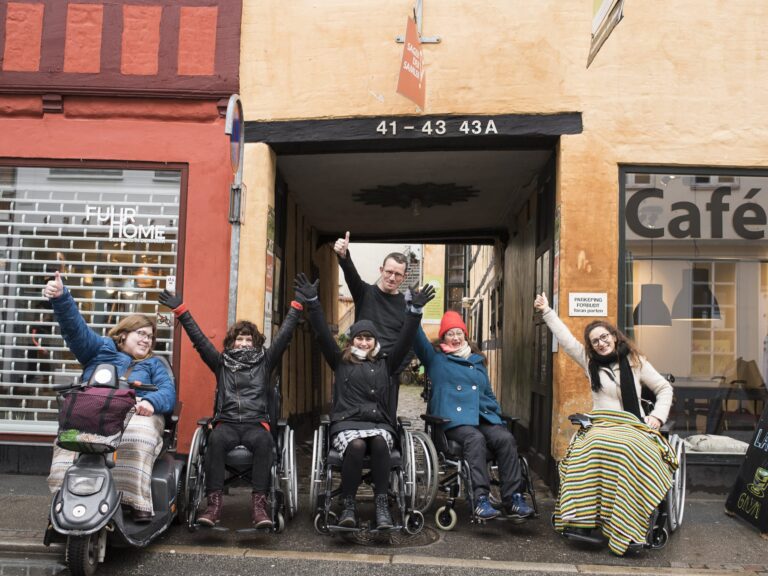
Tours on Wheels – small obstacles are a huge challenge in a wheelchair
Time: 14:00-16:00
Location: starting at Musikhuset
Max. capacity: 12 persons
The city is full of barriers, especially when moving around in a wheelchair. It could be curbs, poorly placed signs, parked bikes and cars, or poorly designed stores. Everyday tasks, like buying a pair of pants, can be nearly impossible because a doorstep or a few steps prevent entry to a shop. Tours on Wheels invites delegates to experience these specific challenges and examples of accessibility by allowing those who usually walk to experience the city from a wheelchair.
The activity works like this: We have 4 wheelchairs, and participants will alternate between walking and sitting in the wheelchair.
Join the tour, where the chairman of Tours on Wheels will guide you through the city of Aarhus on two wheels.
Read more: Tours on Wheels
